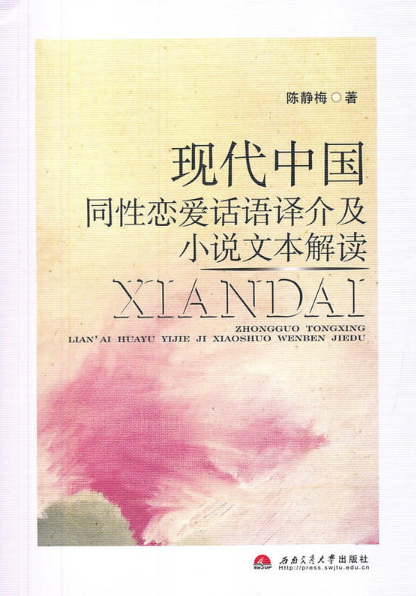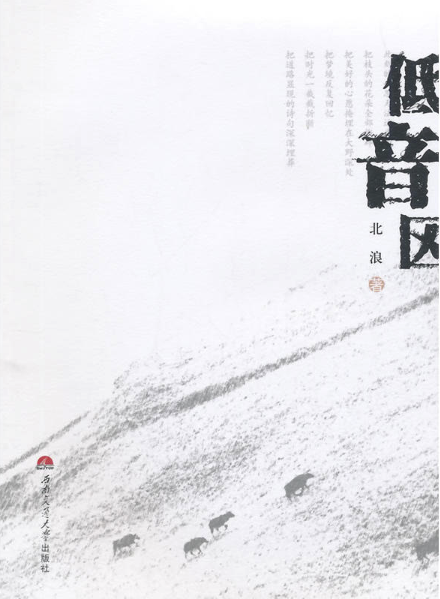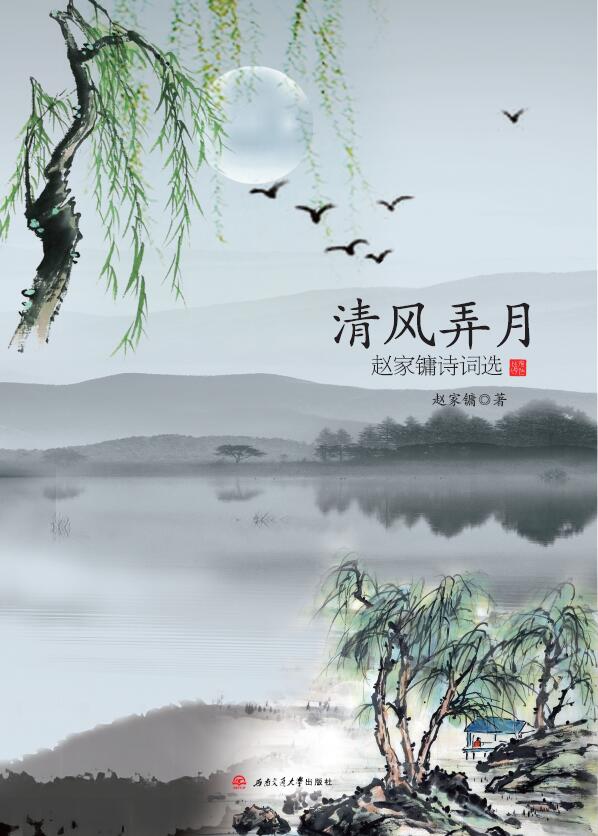-
 现代中国同性恋爱话语译介及小说文本解读
现代中国同性恋爱话语译介及小说文本解读作者:陈静梅
本书重点研究与分析了我国1910-1949年间同性恋爱话语译介及叙事,从文学的语境出发,首先探讨了西方有关同性恋的性学话语在输入中国之前,人们对同性情欲问题所持的态度,其次探讨在20世纪初同性恋学思潮得到译介的背景下,不同作家群体以及译者的立场和论争,探寻在现代性爱观确立的过程中同性恋如何被建构出来,以及与传统话语之间的勾连,再次,对现代时期以同性恋爱为主题的小说文本进行了分析。
-
 低音区
低音区作者:北浪
本书作者是甘肃省知名诗人,本书是作者多年来诗歌作品的选集,作品大多取材与大西北淳朴的民风民情,其中既有对亲情、爱情的歌咏,也有对于人生、社会的感悟,语言朴实,感情真挚,令人回味无穷。本书值得对相关作品感兴趣的读者阅读。
-
 清风弄月——赵家镛诗词选
清风弄月——赵家镛诗词选作者:赵家镛
本书是个人诗集,读者对象是诗词爱好者。本诗集收录作者写的各种体裁的诗词近500首,分为三编。*编《论语.解啐》;第二编《龙吟长空》;第三编《溅玉飞珠》。*编计有格律诗226首。后两编计有四言诗2首,五绝38首,五律7首,七绝158首,七律15首,词22首,散曲2首,杂诗2首,古体诗1首,课文诗14首,现代诗2首。另外收录了家训、格言2则,对联14副,祭文1篇。诗词体现了作者“因事而作,缘情而吟;意气并重,浸润初心”的文学观。
图书分类
Book classification- 本书为研究美国20世纪著名诗人威廉·卡洛斯·威廉斯作品的全英文学术著作。本书以威廉·卡洛斯·威廉斯的早期诗歌与视觉艺术的有效关联为研究对象,系统而详细地研究威廉斯早期诗歌中的印象主义特色,探寻与挖掘诗人在创作生涯中进行的视觉艺术技巧实验,追溯与梳理其诗歌视觉艺术的影响源。
- The poetry of William Carlos Williams often lives in that imaginative space between visual and verbal art. Some&nbs...查看更多
-
Chapter 1 Introduction // 001
1.1 The Motivation of the Project // 001
1.2 Literature Review // 003...查看更多





